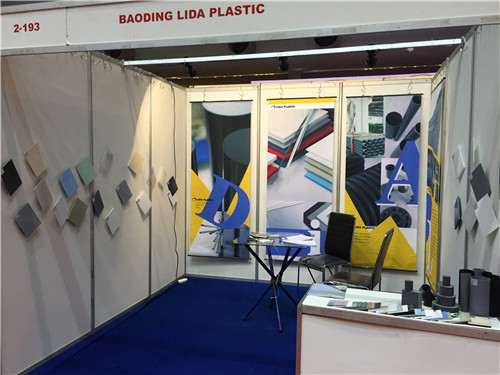កញ្ញា . 01, 2024 09:23 Back to list
High-Quality PVC Pipe Fittings - Durable & Reliable Solutions for Your Plumbing Needs
Understanding PVC Pipe Fittings A Comprehensive Guide
PVC (Polyvinyl Chloride) pipe fittings are crucial components widely used in various plumbing and construction applications. Known for their durability, corrosion resistance, and affordability, PVC fittings have become a preferred choice in residential, commercial, and industrial settings.
Types of PVC Pipe Fittings
PVC fittings come in numerous shapes and sizes, each designed for specific functions. The most common types include
1. Elbows These fittings allow for a change in direction, typically at a 45-degree or 90-degree angle. They are essential in navigating around obstacles in plumbing systems.
2. Tees Shaped like the letter “T,” these fittings enable the connection of three pipes, allowing for water flow in multiple directions, which is vital for branching off plumbing lines.
3. Couplings Used to connect two lengths of pipe, couplings can be either slip (where they slide over the pipe) or threaded (which includes internal threads for screwing onto pipes).
4. Adapters These fittings are used to connect different types of pipes, such as transitioning from PVC to metal pipes. They can be male or female, depending on the connection type.
5. Caps and Plugs Caps cover the end of a pipe, while plugs are used to block off the end. Both are important for sealing any unused ends of a piping system.
pvc pipe fittings

Benefits of PVC Pipe Fittings
PVC fittings offer several advantages that make them a top choice for many applications
- Lightweight & Easy to Install PVC is significantly lighter than metal alternatives, making transportation and installation straightforward. This ease of handling can reduce labor costs.
- Corrosion Resistance Unlike metal fittings that can rust or corrode, PVC is chemically resistant, making it ideal for a wide range of fluids, including acids and bases.
- Cost-Effective PVC fittings are generally less expensive than their metal counterparts, which can be a decisive factor for large projects or budget-conscious consumers.
- Longevity With proper installation and maintenance, PVC fittings can last for decades, providing a reliable solution for plumbing needs.
Conclusion
In summary, PVC pipe fittings are essential components in modern plumbing systems. Their versatility, ease of use, and affordability make them an attractive option for many applications. Understanding the various types of fittings and their benefits can help homeowners and professionals make informed decisions for their plumbing needs. Whether you are planning a DIY project or a large-scale installation, PVC fittings are undoubtedly a smart choice that provides durability and efficiency.
-
Premium Glossy PP Rigid Sheet – Durable & Versatile
NewsAug.07,2025
-
High-Quality HDPE Sheet | Durable Plastic Panels
NewsAug.06,2025
-
High-Precision PVC Rigid Sheets for Vacuum Forming | AI-Optimized
NewsAug.05,2025
-
Durable PVC-M Water Supply Pipes | 60-Year Life
NewsAug.04,2025
-
Premium HDPE Water Supply Pipes: Durable & Leak-Proof
NewsAug.03,2025
-
Premium PVC-M Water Supply Pipe - Durable & Efficient
NewsAug.02,2025

